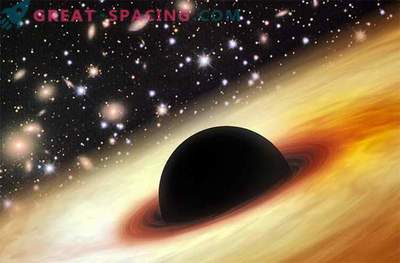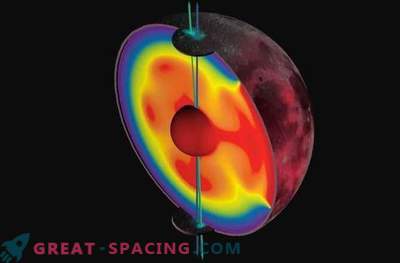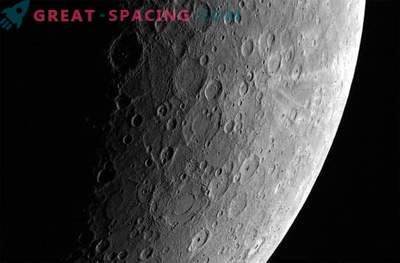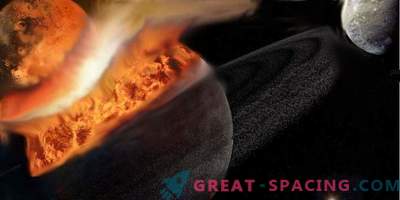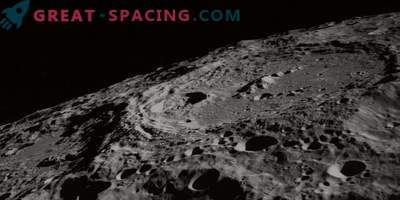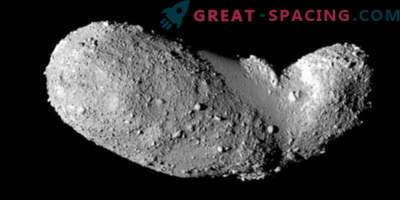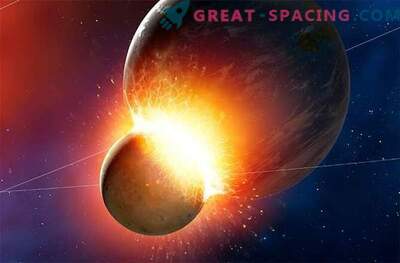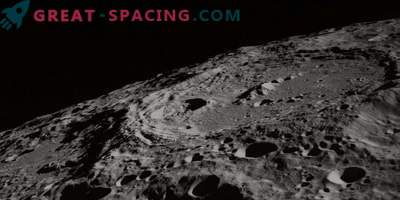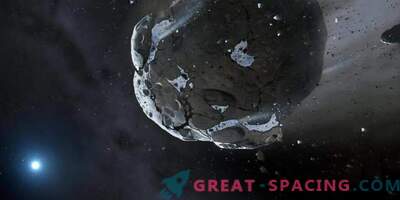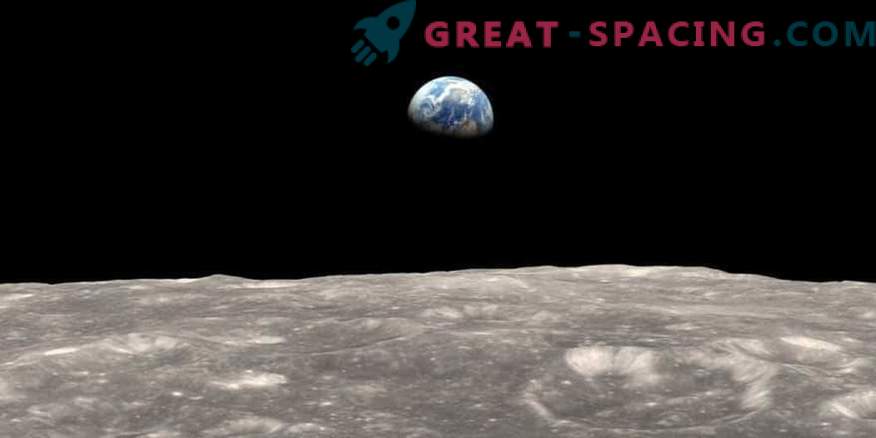
The Earth's satellite could have formed within 60 million years after the birth of the solar system, preparing the ground for an earlier evolution of life.
The moon is older than is commonly believed. And it moves the clock away from the time when conditions on Earth became habitable.
A new analysis of zircon fragments hidden in rock samples obtained by Apollo 14 astronauts shows that the Moon 4.51 billion years.
A previous study, based on the same samples, also showed that the satellite was formed at the beginning, within 68 million years after the formation of our system. According to other estimates of the age range, the mark passes into 100-200 million years after the birth of the Solar System.
The discovery, published in Science Advances, says that the Earth originated much years earlier than is commonly believed.
“If we think that the Moon was formed after one giant impact (or several small ones in a short period of time, as suggested in the Nature Geoscience article published on Monday), then the whole previous image of proto-Earth was erased,” says geologist Melanie Barboni from the University of California at Los Angeles. Today's Earth, with its atmosphere, surface waters, and other living conditions, has just begun to develop after the impact or blows that formed the moon. So, if it happened late, then life could appear too late.
“Our age points of impact (blows) really date back to an early time. And they would allow our hospitable planet to develop much earlier, ”said Barboni.
The finding also confirms related studies showing that the early Earth became habitable earlier than was thought.
If the moon arose after the impact of 4.3 billion years ago, then we do not have much time for evolution.
“With 4.51 billion years, you have more time to turn the planet from hell into a more pleasant place,” says Barboni. - “The age of the moon is really critical.”
To determine the age of the satellite, Barboni and colleagues used a new technique to study the eight zircon fragments left over from the previous study. Their uranium-lead dating method, used for the first time on lunar samples, corrects the effects of cosmic rays. They also analyzed hafnium (silver gray metal) isotopes. Like us, fragments of zircon arose in igneous rocks, which later turned into sand and small pebbles. Then they formed new rocks.
“Older rocks on the moon containing zircon were crushed by repeated exposure, either transformed into sand (lunar soil) or incorporated into breccia (consisting of pieces of various rocks). Everything is mixed across the moon. So now the whole breed is not suitable for use, ”said Barboni.
“We managed to separate more zircon, and we are awaiting new data. But I do not think that this will greatly affect the age determination. It’s more of a recheck than a search for shocking truth, ”she added.




